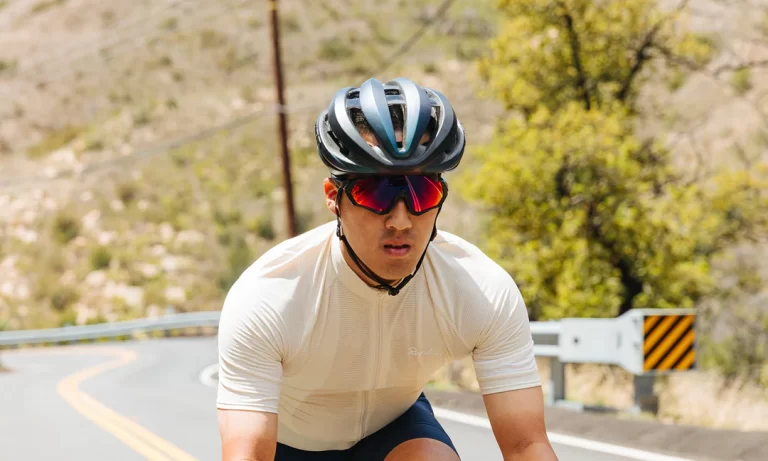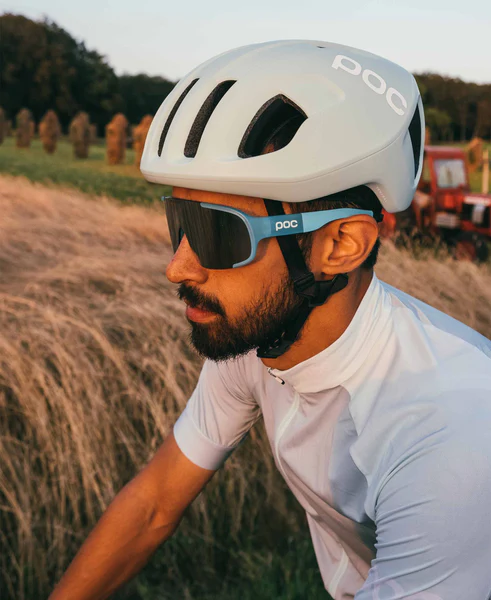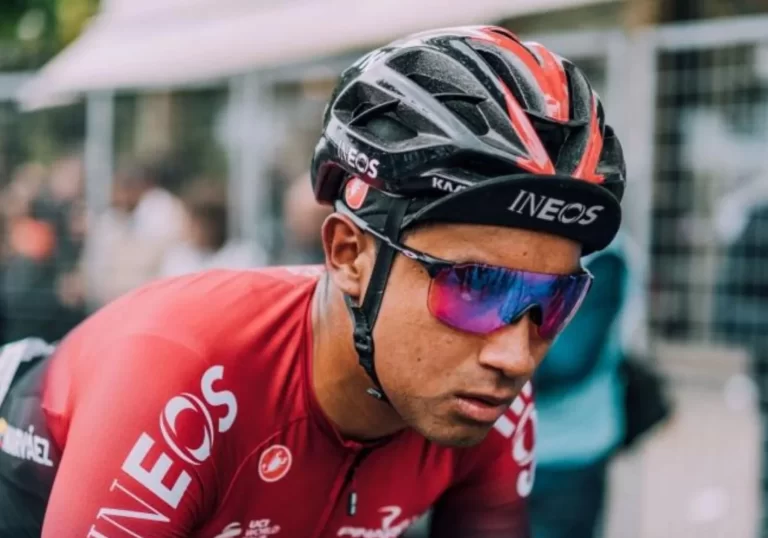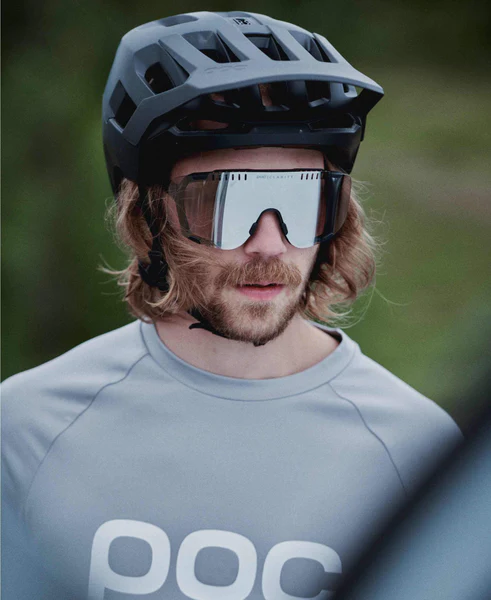Gravel Bike Glasses Buyers Guide
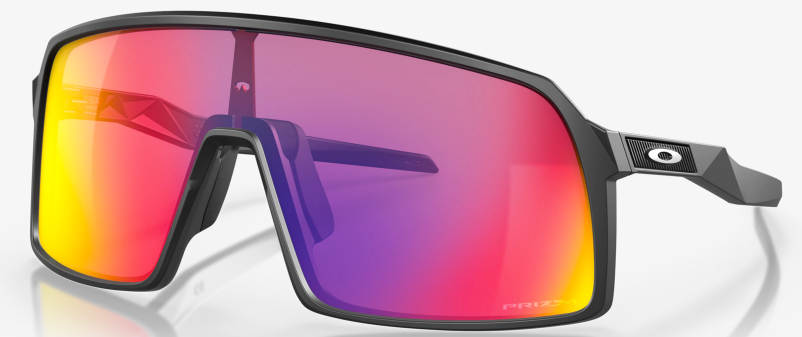
When it comes to gravel biking, having the right pair of glasses can significantly enhance your experience. Gravel biking typically involves varied terrains and conditions, so choosing eyewear that provides protection, comfort, and clarity is essential. This Gravel Bike Glasses Buyers Guide will help you find the perfect pair:
Understanding the Importance
- Eye Protection: Glasses shield your eyes from dust, debris, bugs, and wind, which are common on gravel paths.
- Enhanced Visibility: They improve clarity and contrast, aiding in navigating varying terrain and lighting.
- UV Protection: Essential for safeguarding your eyes against harmful ultraviolet rays, especially during long rides.
Lens Features
- Photochromic Lenses: These lenses adjust their tint based on light exposure, making them ideal for changing weather or transitioning from open fields to shaded woods.
- Interchangeable Lenses: Offer versatility as you can switch between clear, tinted, and polarized lenses based on conditions.
- Polarized Lenses: Particularly useful for reducing glare from wet surfaces, which can be a hazard on gravel rides.
- UV Protection: Look for 100% UV protection to shield your eyes from the sun’s harmful rays.
- Anti-Fog Technology: Prevents lenses from fogging, maintaining clear vision during varied intensity levels.
- Scratch-Resistant Coating: Enhances the durability of lenses, especially important in off-road conditions.
Frame Considerations
- Full Coverage Frames: Provide better protection against elements from all angles, crucial for off-road biking.
- Fit and Adjustability: Adjustable nose pads and temple arms help achieve a snug fit. Ensure the glasses don’t slip during vigorous rides.
- Lightweight and Durable Frames: Materials like TR90 are flexible, durable, and light, offering comfort for long hours.
- Wraparound Design: Offers better peripheral vision and protection.
Ventilation and Anti-Fogging
- Good ventilation is vital for preventing lenses from fogging up. Frames with well-designed airflow channels or vented lenses are advantageous.
Style and Personal Taste
- While functionality is crucial, choose a style that suits your personal taste and makes you feel confident.
Helmet Compatibility
- Glasses should fit comfortably with your cycling helmet. The frame arms should not interfere with helmet sides, and the helmet’s visor shouldn’t obstruct the glasses.
Prescription Options
- For those who need prescription lenses, options include prescription inserts, direct in-frame prescription lenses, or wearing contacts with standard glasses.
Price vs. Quality
- While expensive glasses often provide superior features, it’s possible to find mid-range glasses that offer excellent protection and comfort. Determine your budget and look for the best value within it.
Brand and Warranty
- Choosing a reputable brand can ensure quality and durability. Check the warranty policy, as some brands offer a replacement for damage incurred during normal use.
Trying Them On
- If possible, try on several pairs to check for comfort, fit, and visibility. Test them with your bike helmet to ensure a good fit.
Conclusion
Investing in a good pair of gravel bike glasses is as much about safety as it is about comfort. They not only protect your eyes but also enhance your ability to navigate different terrains and weather conditions. Consider all these factors to find a pair that meets your needs, fits well, and helps you enjoy your gravel biking to the fullest. John
Click here to see our highest-ranked gravel bike glasses
Click here to see our highest-ranked road bike glasses
Click here to see our highest-ranked mountain bike glasses
FAQ’s
Gravel Bike Glasses Buyers Guide: What to look for when buying cycling glasses?
When purchasing cycling glasses, it’s important to consider several key features to ensure you get the best protection, comfort, and performance during your rides. Here’s what to look for:
Lens Quality and Features
- UV Protection: Essential for protecting your eyes from harmful ultraviolet rays. Look for glasses that offer 100% UV protection.
- Photochromic Lenses: These lenses automatically adjust their tint based on light conditions, which is useful for cycling in various lighting environments.
- Polarization: Polarized lenses reduce glare, particularly useful for bright days or when riding on reflective surfaces.
- Interchangeable Lenses: Useful for adapting to different light conditions. Some glasses come with a set of lenses (clear, tinted, polarized) that can be swapped out.
- Clarity and Color Enhancement: Some lenses are designed to enhance contrast and clarity, improving the visibility of road or trail features.
Frame Design and Comfort
- Fit: The glasses should fit snugly without pinching. Look for adjustable features like nose pads or flexible arms for a customized fit.
- Wraparound Design: Offers better peripheral vision and protection from wind, dust, and debris.
- Lightweight and Durable Materials: Lightweight frames increase comfort, especially on long rides. Durable materials like polycarbonate can withstand impact and rough handling.
- Ventilation: Adequate ventilation prevents lenses from fogging. Look for frames with venting systems.
Safety and Protection
- Impact Resistance: Lenses and frames should be impact-resistant to protect your eyes from flying debris.
- Coverage: Larger lenses and full-frame designs provide more coverage and protection from the elements.
- Lens Color and Tint: Depending on your typical riding conditions, consider the lens color. For example, yellow or amber lenses can enhance contrast on overcast days.
Compatibility with Cycling Gear
- Helmet Compatibility: Ensure the glasses fit comfortably with your cycling helmet. The arms should fit smoothly under the helmet straps.
- Prescription Options: If you wear prescription glasses, look for cycling glasses that can accommodate prescription lenses or inserts.
Additional Features
- Anti-Fog Coating: Helps keep your vision clear in varying temperatures and during intense physical activity.
- Scratch-Resistant Coating: Enhances the longevity and clarity of the lenses.
- Adjustable Tint: Some high-end models offer electronic adjustable tint for optimal vision in changing conditions.
Style and Personal Preference
- While functionality is crucial, choose a style that you like and feel comfortable wearing. Cycling glasses come in a variety of designs and colors.
Price Range
- Set a budget but remember that investing a bit more in high-quality cycling glasses can offer better durability, comfort, and eye protection.
Conclusion
The right pair of cycling glasses will protect your eyes and improve your riding experience. They should offer clear visibility, protection from UV rays and debris, a comfortable fit, and be compatible with your other cycling gear. While there are glasses at various price points, prioritize the features that are most important for your specific cycling needs and preferences.
Gravel Bike Glasses Buyers Guide-What Oakley lens is best for gravel riding?
When choosing an Oakley lens for gravel riding, the decision often comes down to the Prizm Road and Prizm Trail lenses, each offering unique benefits:
- Prizm Road Lenses: Designed specifically for cycling, they excel in enhancing visibility of road hazards, improving the visibility of road signs and lane lines, and enriching environmental colors. These lenses perform well in a variety of lighting conditions, although they may be less effective in very low light or at dusk.
- Prizm Trail Lenses: Tailored for mixed light conditions typical in mountain biking, these lenses are effective in early morning light and in conditions with alternating light and shadow, such as under tree canopies. They are optimized for trail riding, with color filtering suited for wooded areas and dirt paths.
For gravel riding, especially in areas with mixed lighting conditions like under tree canopies, Prizm Trail lenses might offer better visibility. However, Prizm Road lenses are a good choice for brighter, open environments. Your choice should align with the typical conditions you encounter on your rides.
Gravel Bike Glasses Buyers Guide-What color glasses are best for cycling?
The best color for cycling glasses largely depends on the lighting conditions and personal preference. Here’s a brief overview:
- Gray/Black Lenses: Good for bright, sunny days. They reduce overall brightness without altering color perception.
- Yellow or Orange Lenses: Ideal for overcast, cloudy, or foggy conditions. They increase contrast and depth perception.
- Clear Lenses: Best for very low light or night riding. They protect the eyes without affecting visibility.
- Photochromic Lenses: These lenses adjust tint based on light conditions, making them versatile for varying lighting throughout the day.
- Brown or Copper Lenses: Increase contrast and visual acuity, making them suitable for variable conditions.
The choice depends on the typical weather conditions you ride in and how sensitive your eyes are to different lighting.
Gravel Bike Glasses Buyers Guide-Are cycling glasses worth it?
Cycling glasses are often considered a worthwhile investment for their numerous benefits. They provide crucial eye protection against UV rays, wind, dust, and debris. The specialized lens tints enhance visibility and contrast, particularly useful in varying lighting conditions. They also reduce eye strain and increase comfort, especially in harsh weather. Importantly, by improving vision and protecting the eyes, they indirectly contribute to overall riding safety. While the necessity of cycling-specific glasses can vary based on individual needs and riding conditions, the advantages they offer make them a valuable accessory for many cyclists.
Click here to buy our highest-rated gravel bike glasses

